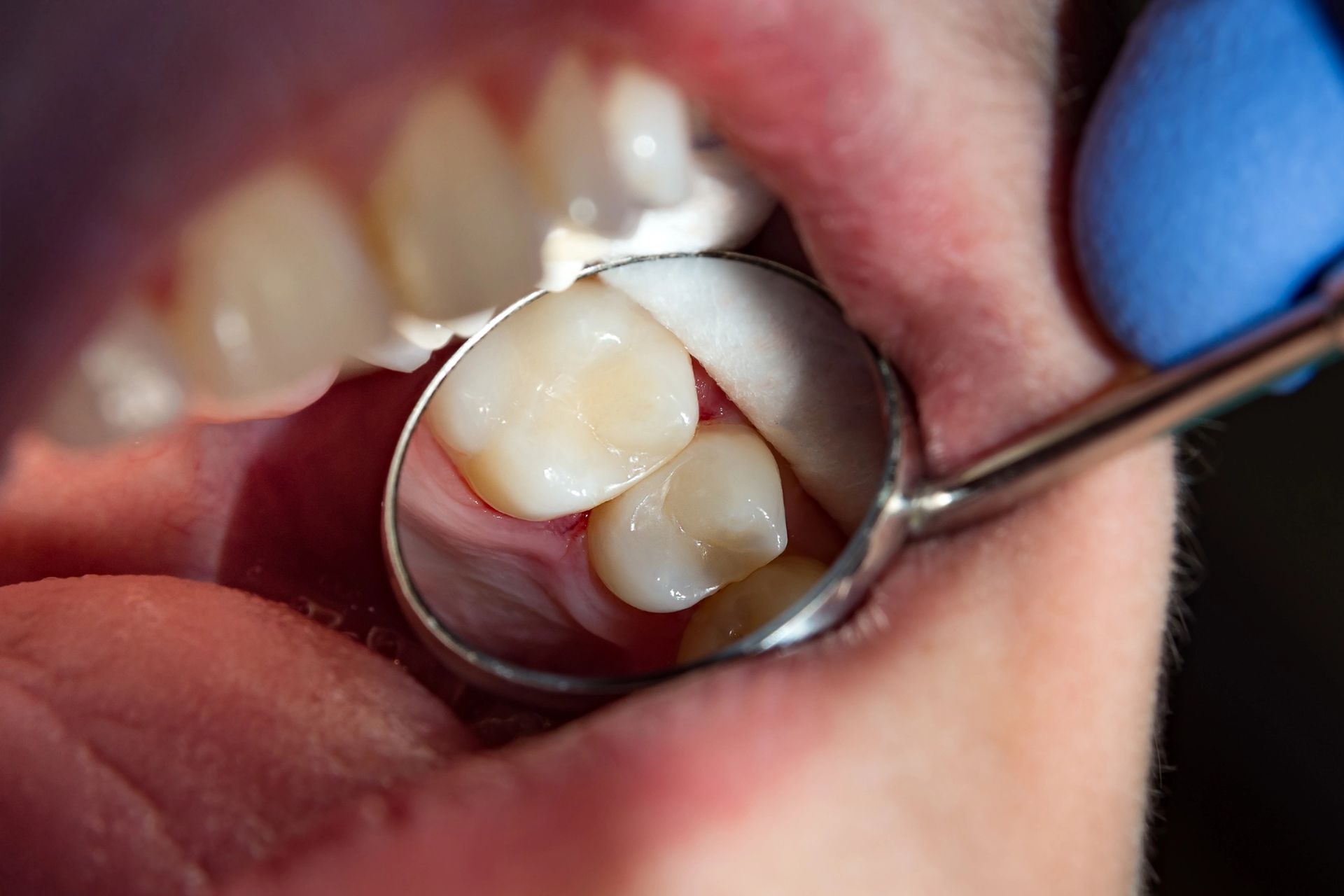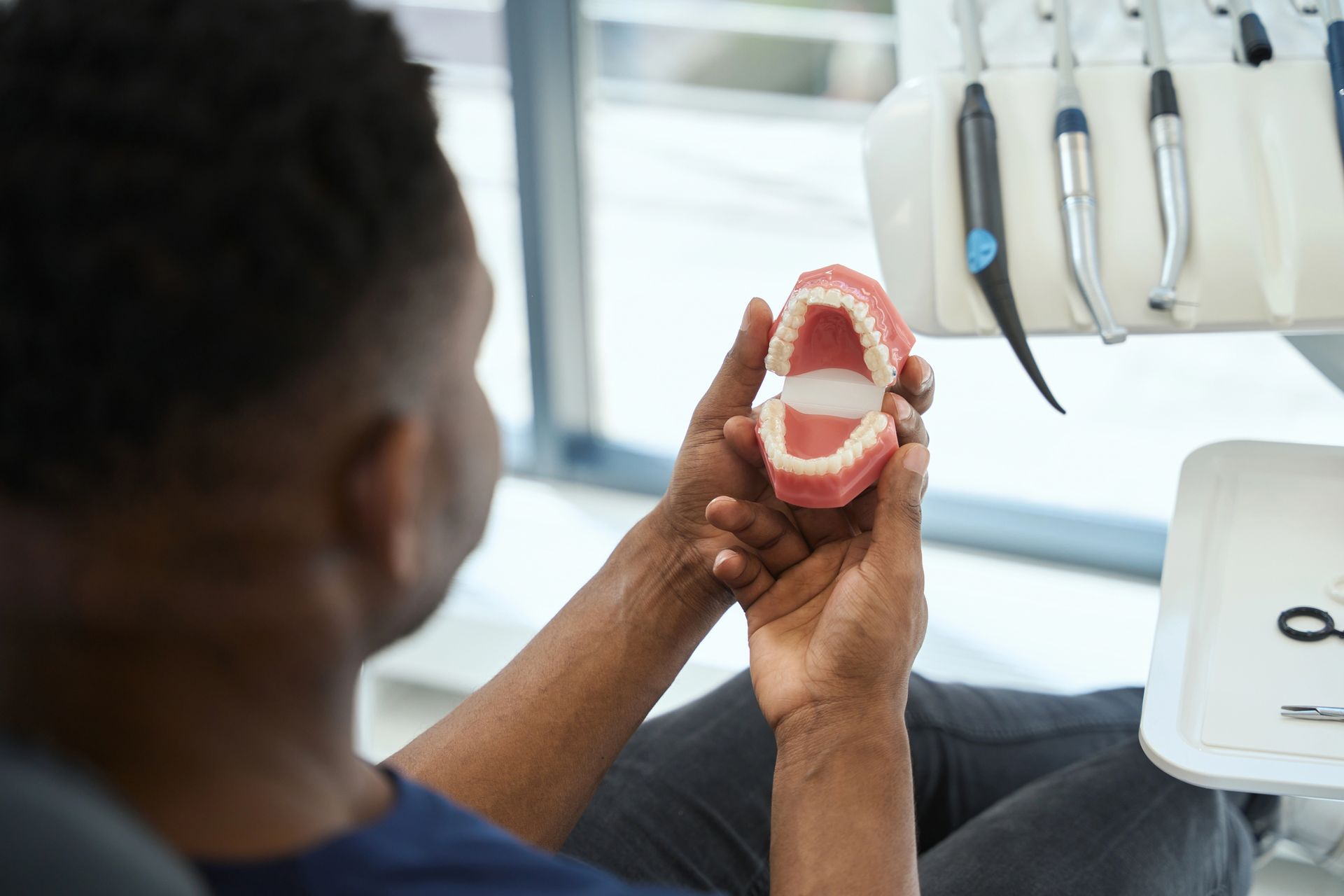
How Long Do Zirconia Crowns Last?
Zirconia crowns are renowned for their durability and strength, making them a popular choice for dental restorations. On average, zirconia crowns can last anywhere from 10 to 15 years, depending on various factors such as oral hygiene practices and the individual's lifestyle. The robust nature of zirconia material contributes to its longevity, providing a reliable solution for those seeking long-term dental restoration options. Understanding how long do zirconia crowns last can help individuals set realistic expectations for their dental care. While zirconia crowns are designed to withstand the pressures of daily use, their lifespan can be influenced by several factors, including the patient's oral habits and overall dental health. Regular dental check-ups and maintaining good oral hygiene can play a significant role in extending the life of these crowns. If you ever find yourself in a situation where your crown becomes dislodged, you might find it helpful to read more about what steps to take by visiting our page on Dental Crown Fell Off What to Do Next to Protect Your Tooth Factors affecting crown longevity The longevity of zirconia crowns can be influenced by several factors, which play a crucial role in determining how long do zirconia crowns last. One of the primary factors is the individual's oral hygiene practices. Regular brushing and flossing can help maintain the integrity of the crown by preventing plaque buildup and gum disease, which can compromise the crown's stability. Additionally, the skill and experience of the dental professional who places the crown can significantly impact its durability. A well-fitted crown is less likely to experience issues such as chipping or loosening over time. Another important factor is the patient's lifestyle habits. For instance, those who engage in teeth grinding or clenching may experience a shorter lifespan for their zirconia crowns due to the excessive pressure exerted on the dental work. Dietary choices also play a role; consuming hard or sticky foods can lead to wear and tear on the crown. Furthermore, regular dental check-ups are essential for monitoring the condition of the crown and addressing any potential issues early on. For those interested in exploring options for dental crowns, you can find more information about Affordable Dental Crowns Columbia by visiting our Affordable Dental Crowns Columbia page. Importance of Regular Dental Check-Ups Understanding how long do zirconia crowns last involves recognizing the crucial role of regular dental check-ups in maintaining their longevity. These appointments allow dental professionals to monitor the condition of your crowns, ensuring they remain in optimal shape and function. Regular check-ups can help identify any potential issues early, such as wear or damage, which might affect the lifespan of your zirconia crowns. By keeping up with these visits, you contribute to the overall health of your dental work and ensure that your zirconia crowns continue to serve you well over time.Role of Oral Hygiene Practices The longevity of zirconia crowns is significantly influenced by the role of oral hygiene practices. Maintaining a consistent and thorough oral care routine can help ensure that zirconia crowns last as long as possible. Regular brushing and flossing are essential to prevent plaque buildup, which can lead to gum disease and affect the stability of the crowns. Additionally, routine dental check-ups play a crucial role in monitoring the condition of the crowns and addressing any potential issues early on. Understanding how long do zirconia crowns last involves recognizing the impact of daily oral hygiene habits on their durability. For those in Columbia seeking more information, Design Dentistry Columbia offers insights into maintaining dental health, and you can learn more by visiting your local Columbia Dentist.
Impact of Dietary Habits
Dietary habits can significantly influence how long zirconia crowns last. Consuming a diet high in sugary foods and acidic beverages may contribute to the wear and tear of dental restorations, including zirconia crowns. These dietary choices can lead to an increased risk of decay around the crown margins, potentially compromising their longevity. On the other hand, a balanced diet that supports overall oral health can help maintain the integrity of zirconia crowns over time. Understanding the relationship between diet and dental health is essential for those looking to maximize the lifespan of their zirconia crowns.Influence of Teeth Grinding
Teeth grinding, also known as bruxism, can significantly impact how long zirconia crowns last. This involuntary habit exerts excessive pressure on dental restorations, including zirconia crowns, potentially leading to premature wear or damage. While zirconia is renowned for its durability and strength, the constant grinding motion can compromise its longevity over time. Understanding the effects of teeth grinding is crucial when considering how long zirconia crowns last, as it highlights the importance of addressing underlying dental habits that may affect their lifespan.Professional Cleaning Frequency
Understanding the professional cleaning frequency is essential when considering how long do zirconia crowns last. Regular dental check-ups play a crucial role in maintaining the longevity of zirconia crowns. During these visits, dental professionals can assess the condition of the crowns and perform necessary cleanings to prevent plaque buildup and other potential issues. While the specific frequency of professional cleanings may vary based on individual needs, maintaining a consistent schedule with your dentist ensures that zirconia crowns remain in optimal condition, contributing to their durability and lifespan.Signs of Crown Wear and Tear
Understanding the signs of wear and tear on zirconia crowns is essential for anyone curious about how long do zirconia crowns last. Over time, you might notice subtle changes such as slight discoloration or a dulling of the crown's surface, which can indicate natural aging. Additionally, small chips or cracks may appear, especially if the crown has been exposed to excessive force or grinding. These signs can serve as indicators that the crown is experiencing normal wear, which is a factor in determining its longevity. Regular dental check-ups can help monitor these changes and assess the overall condition of your zirconia crowns.htmlWhen to Consult a Dentist
Understanding how long do zirconia crowns last is essential for maintaining optimal oral health. While zirconia crowns are known for their durability and longevity, regular dental check-ups are crucial to ensure they remain in good condition. If you notice any discomfort, changes in bite, or visible damage to your crown, it may be time to consult a dentist. Regular professional evaluations can help identify potential issues early, ensuring that your zirconia crowns continue to function effectively and maintain their aesthetic appeal over time.Conclusion
Understanding how long do zirconia crowns last is essential for maintaining a healthy smile. For more information, call 803-408-7163 or [read reviews on Google Maps](https://maps.app.goo.gl/Mn6Pt8Sw7v1e67Za8).

Are you aware of the different types of dental fillings available today? Dental fillings are essential for restoring teeth damaged by decay, with various materials used to suit diverse needs and preferences. Each type offers unique characteristics and is selected based on factors like the location of the cavity and the extent of the repair needed.
Types of Dental Fillings: Amalgam Fillings: Common Uses
Amalgam fillings, often known as silver fillings, are a traditional choice in the realm of dental restorations. Composed of a mixture of metals including silver, mercury, tin, and copper, amalgam has been used for over a century to restore the functionality and integrity of teeth affected by decay and cavities. Its durability and strength make it particularly suitable for fillings in the molars, where the force of chewing is greatest.
Despite the evolution of dental materials over the years, amalgam remains a popular choice among types of dental fillings due to its longevity and cost-effectiveness. It is typically used in situations where the filling needs to withstand significant pressure from the constant stress of chewing, which can wear down other types of fillings more quickly. For more detailed information on this and other filling options, you might want to read about the pros and cons of various tooth fillings.
Composite Fillings: Aesthetic Appeal
Composite fillings, often chosen for their natural appearance, are made from a mixture of plastic and fine glass particles. They are particularly popular because they can be closely matched to the color of existing teeth, making them less noticeable compared to other types of dental fillings. This feature is especially beneficial for fillings in the front teeth or the visible parts of teeth. The aesthetic appeal of composite fillings enhances the overall smile and ensures that the repairs blend seamlessly with the natural dental structure.
While durability and function are critical factors in choosing a dental filling, the visual outcome cannot be overlooked. Composite fillings provide a solution that supports both the health and appearance of teeth. For more detailed information on the types of fillings available, consider visiting Columbia Tooth Filling Specialists.
Gold Fillings: Durability and Strength
When considering the various types of dental fillings, gold fillings stand out due to their durability and strength. Known for their longevity, gold fillings can last for decades without needing replacement, making them a notable option among the different materials used in dental restorations. Their robustness ensures that they withstand the forces of chewing more effectively than some other types of fillings, maintaining their structure over an extended period.
Ceramic Fillings: Natural Appearance
Ceramic fillings are one of the various types of dental fillings that stand out for their aesthetic appeal. These fillings are crafted from porcelain, a material known for its durability and color stability, which helps in maintaining the natural look of teeth. Unlike some other materials that might discolor over time, ceramic fillings blend seamlessly with the tooth structure, making them a popular choice for those who prioritize a natural appearance in their dental treatments. For more information on dental solutions, consider visiting Design Dentistry Columbia, your Columbia Dentist.
Glass Ionomer: Release of Fluoride
Among the various types of dental fillings, glass ionomer fillings are notable for their unique property of releasing fluoride. This characteristic can be particularly interesting when discussing the general composition and benefits of different dental filling materials. Glass ionomer fillings consist of a blend of acrylic acids and fine glass powders that react together to form a bond with the tooth structure. The slow release of fluoride aids in the prevention of further decay by helping to remineralize the tooth's surface in the vicinity of the filling.
Resin Ionomer Fillings: Moderate Use
Resin ionomer fillings represent a specific category within the various types of dental fillings, tailored for moderate use. These fillings are particularly advantageous for areas not subjected to heavy chewing pressure, such as non-biting surfaces and primary teeth in children. Composed of a hybrid of glass filler with acrylic acids and resin, resin ionomer fillings offer good durability and a moderate resistance to fracture. Additionally, they release a small amount of fluoride, which can help in preventing further decay. This type of filling is an excellent choice for patients needing reliable dental restoration with moderate strength requirements.
Temporary Fillings: Short-Term Solutions
Temporary fillings are a crucial component among the various types of dental fillings, designed to serve short-term needs in dental care. Often used in emergency situations or as a part of a larger dental treatment plan, these fillings provide relief and stability until a more permanent solution can be implemented. They are ideal for cases where the tooth needs to settle down before a final filling is placed, such as after a root canal treatment or when deep cleaning and medication are required for an infected tooth. Temporary fillings help prevent further decay and damage by protecting the tooth from exposure to food, pressure, and bacteria, ensuring the tooth's integrity is maintained during the interim period.
Indirect Fillings: Inlays and Onlays
When exploring the different types of dental fillings, it's important to consider indirect fillings, specifically inlays and onlays. Unlike traditional fillings that are molded into place during your dental visit, inlays and onlays are fabricated in a dental lab before being fitted and bonded to the damaged tooth. Inlays are used to fill the space in between the cusps at the center of a tooth's surface, while onlays cover one or more cusps or the entire biting surface of the tooth. These types of dental fillings are known for their durability and are typically made from materials like porcelain, gold, or composite resin, making them a preferred choice for restoring strength and stability to teeth with significant decay or damage.
Silver Diamine Fluoride: Arresting Caries
Silver Diamine Fluoride (SDF) is gaining traction as one of the innovative types of dental fillings, particularly in the realm of pediatric dentistry and for patients seeking minimally invasive options. This compound not only helps in arresting the progression of caries - a common form of tooth decay - but also prevents further demineralization. SDF is a liquid substance that can be directly applied to the affected area, making it a quick and painless treatment option. Its growing popularity underscores its effectiveness, especially in cases where traditional drilling and filling are not feasible.
Conclusion
Exploring the types of dental fillings can help you understand your options. For further inquiries, call us at 803-667-3919 or read our reviews on Google Maps.







